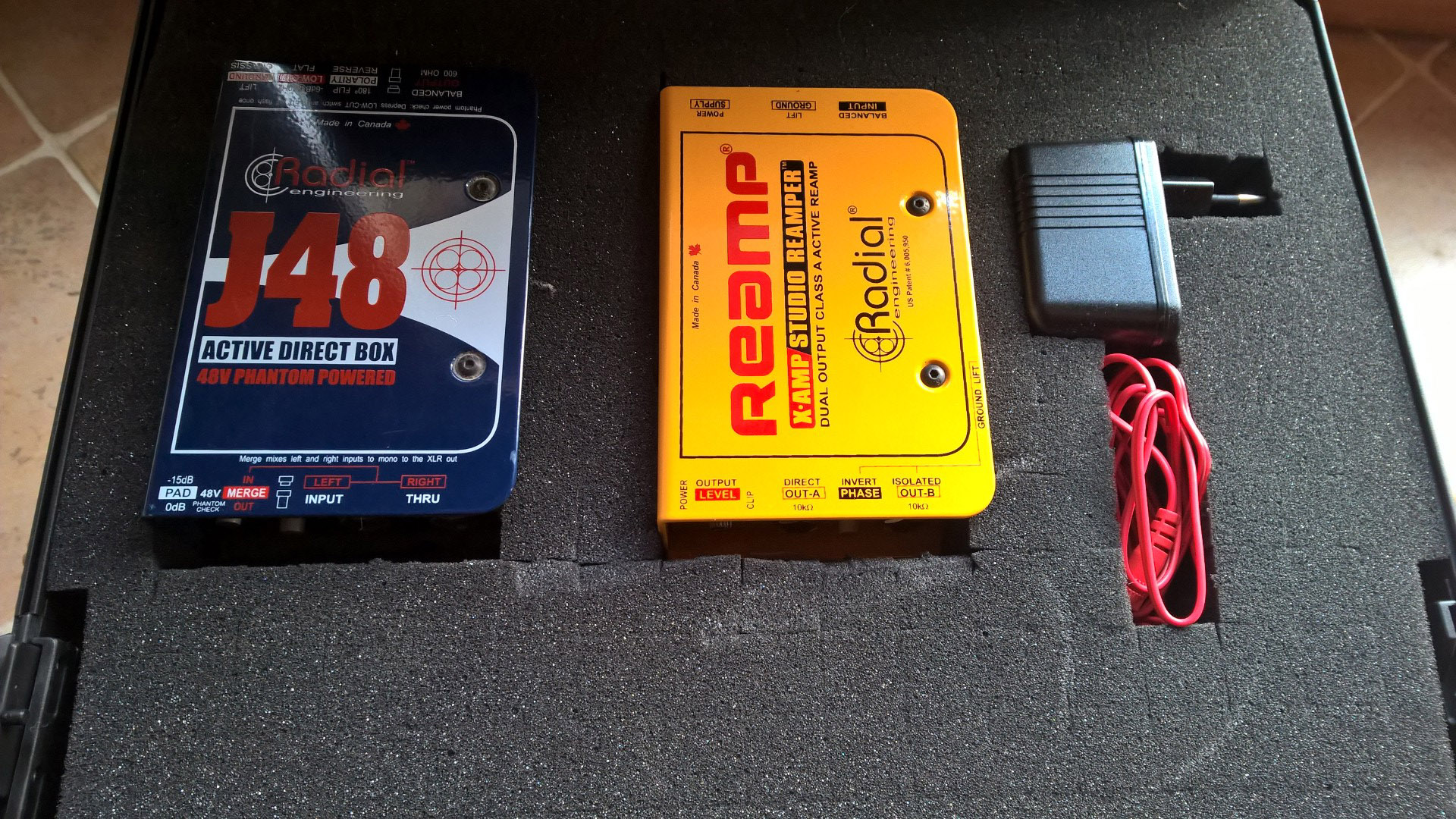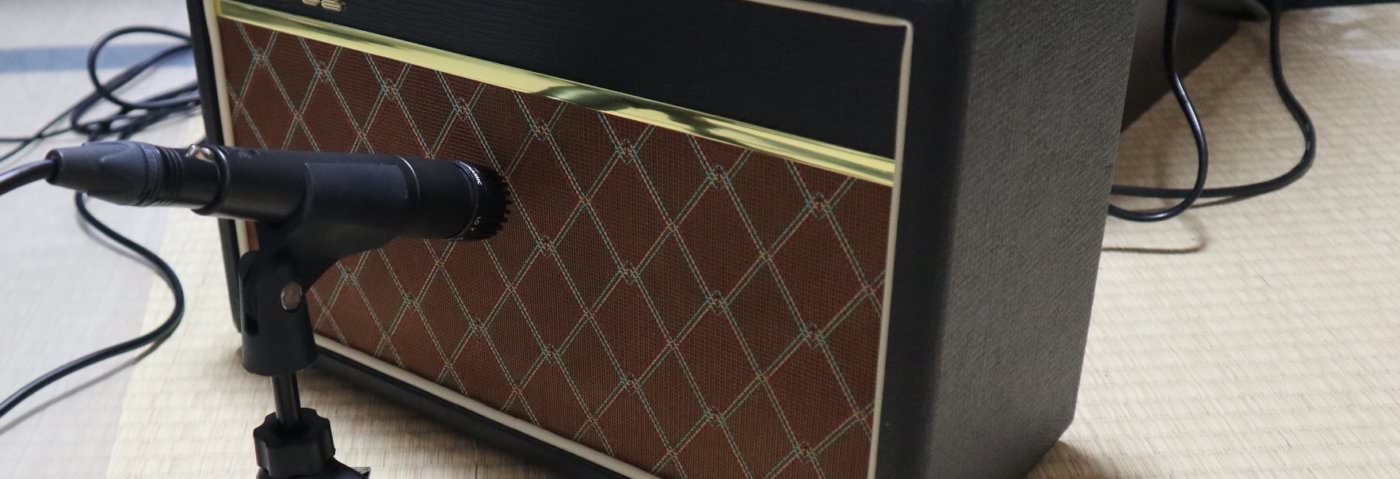
On the whole, the workmanship of the hardware is very good, even if the details don’t quite reach the level of competitor Radial.
#REAMP STUDIO REVIEW PLUS#
Plus it is probably not as susceptible to rough handling as larger ones. half a centimetre, but it is still easy to use. This potentiometer may be very small indeed with a diameter of approx. Next to it is a small knob that you can use to adjust the volume of the unbalanced audio signal. This socket is also firmly connected to the case with a collar, so it can also be expected to last for a long time. With the two of these together, you can reliably eliminate any ground loops that result from sending the signal through two amplification units.įinally, on the opposite side of the Palmer Daccapo is the unbalanced output, which takes the usual form of a 6.3 mm TRS socket. The case contains an isolating transformer that already ensures electrical isolation of the input and output. To the right of the connector is an additional pushbutton switch for the ground lift. Next to it on the left is a grey pushbutton switch with which you can select whether the connected signal has a signal level of +4 dBu (typical in recording studios) or -10 dBV (consumer equipment). This connector is the input via which you feed in the audio signals. On the left side (as seen from above) is a balanced Neutrik XLR chassis connector that is fastened firmly to the case with screws and is also lockable to prevent the connected cable from slipping out accidentally. The top is not only marked with the manufacturer’s logo and the model name, but also with labels for all of the elements, so that they are clearly readable from above without even having to touch the box. The yellow Palmer Daccapo box, which measures 125 x 80 x 45 millimetres, is roughly the same size as the effects pedals from Ibanez or Boss, but has a larger base. It converts the impedance of the recordings in the audio computer into a high impedance signal with which you can record with the amp again without trouble. This is exactly where the little Palmer Daccapo comes into play, because it is intended to handle all of the conceivable problems that can arise when doing this.
#REAMP STUDIO REVIEW SOFTWARE#
With the clean recording, you can either use guitar software or, if that doesn’t satisfy your sound requirements, use real reamping and send the signal to a guitar amp and then re-record it with a microphone. If you had the foresight to lay down a clean parallel track with a DI box while recording, however, then you are in luck. This is not only a nuisance, but sometimes it is also simply no longer possible – for example, if the band has long since packed up its equipment. One possibility is to just record a new guitar track.

If you record a guitar track and later find that you no longer like it or it is difficult to blend into the final mix, there are various things you can do about it. This box lets you match any existing audio signal in your computer to the impedance of a guitar (or bass) in order to send it to a guitar amp or another device with a high impedance input. In this case, passive means that no power supply or battery is required for operation. It is exactly this kind of impedance matching which the passive Palmer Daccapo hardware offers for your home recording studio.

In order to record audio signals with maximum sound quality, the input and instrument output impedances must match.


Our Palmer Daccapo test report on delamar is all about how well the reamping box works and whether it is worth it for you to buy one. The little yellow Palmer Daccapo box lets you send your previously recorded tracks to a guitar amplifier in order to re-record them.


 0 kommentar(er)
0 kommentar(er)
